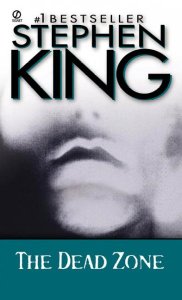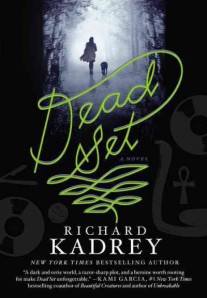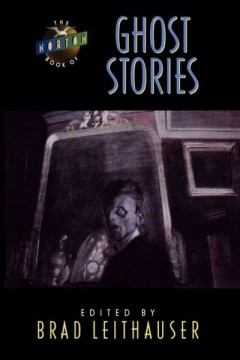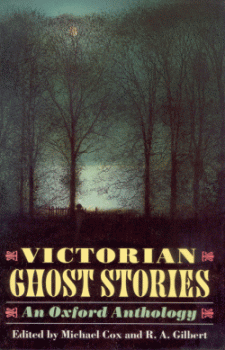 In this corner, weighing in at three pounds, with a chemical punch that rules the body is The Brain! And in this corner, managed by clueless trainers and sycophantic followers, is Everything Else! It’s the eternal match-up of Nature vs. Nurture! Tonight’s referee is Herman Koch, but there are no rules about punching below the belt, no timekeepers, and judges who can’t score the bout until it’s way too late. Ding!
In this corner, weighing in at three pounds, with a chemical punch that rules the body is The Brain! And in this corner, managed by clueless trainers and sycophantic followers, is Everything Else! It’s the eternal match-up of Nature vs. Nurture! Tonight’s referee is Herman Koch, but there are no rules about punching below the belt, no timekeepers, and judges who can’t score the bout until it’s way too late. Ding!
OK, that’s a poor imitation of the ongoing boxing match between those who say criminals are born and those who say they are made. As a story, The Dinner is more like a tag-team wrestling event with a fundamental questions at its heart: Does a parent’s love encompass protecting their children from the consequences of their deeds?
Herman Koch has structured his approach to the question as the progressive courses of a dinner (hence the title) between two brothers and their wives. Paul, the narrator, is a teacher; his brother Serge a politician cruising to the top of Dutch political life. We see everything through Paul’s eyes, beginning with the bitter aperitif of Paul’s loathing for his pretentious brother and ending with a horrific after-dinner drink at a nearby pub. This single viewpoint frequently breaks the action up as individuals and pairs leave the table for private conversations we aren’t privy to, or we follow along as Paul does things the others don’t know about.
Over the course of the evening we learn that Paul’s son Michel and Serge’s son Rick were involved in a terrible crime. Paul recognized the boys from security footage, but the police and public haven’t, and every day brings new and more strident calls that the criminals be brought to justice. Does Paul have the courage to confront his son, to tell his wife, brother, and sister-in-law, to expose the boys and ruin both families? And does Paul’s bitterness have roots in a deeper conflict?
Koch has successfully incorporated the technology that has rendered so much other fiction out-of-date. Swapped cell phones, stolen emails, YouTube videos, and deleted voice mails all play a significant role in bringing the conflict into the open, and in offering a solution to the dilemma. But at its core, this is a story about people, ethics, and that old battle of Nature vs. Nurture. That one’s not going away any time soon.
Check the WRL catalog for The Dinner
(Coming in Summer 2015 as a Gab Bag – I’ll post that as soon as it’s up)

 Mice live in the shadows, overseen by the moon, which they believe is the eye of their god, Wotan. As their legends go, in years past they were protected by a band of fierce warriors, guardians of the night: the Templars. After years of defending as a unified brotherhood, one year, for a reason yet unknown, the Templars were divided and began warring against each other. After the epic battle, no Templars were allegedly ever seen again. Now the mice have mere watchmen guarding them against all the creatures, large and small, who threaten their existence.
Mice live in the shadows, overseen by the moon, which they believe is the eye of their god, Wotan. As their legends go, in years past they were protected by a band of fierce warriors, guardians of the night: the Templars. After years of defending as a unified brotherhood, one year, for a reason yet unknown, the Templars were divided and began warring against each other. After the epic battle, no Templars were allegedly ever seen again. Now the mice have mere watchmen guarding them against all the creatures, large and small, who threaten their existence.








 I have a fascination for Swamp Thing that started a few years ago when I picked up a copy of one of the volumes penned by Alan Moore (he of
I have a fascination for Swamp Thing that started a few years ago when I picked up a copy of one of the volumes penned by Alan Moore (he of 



